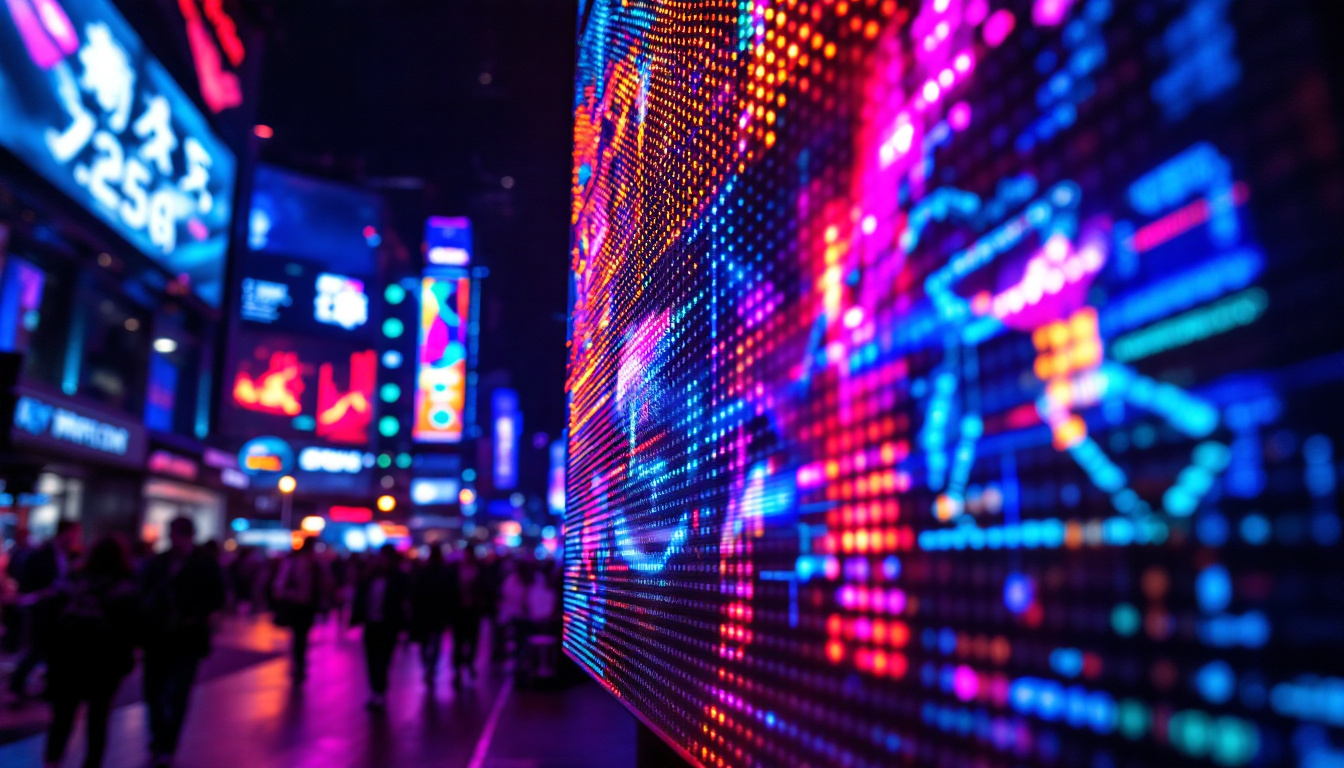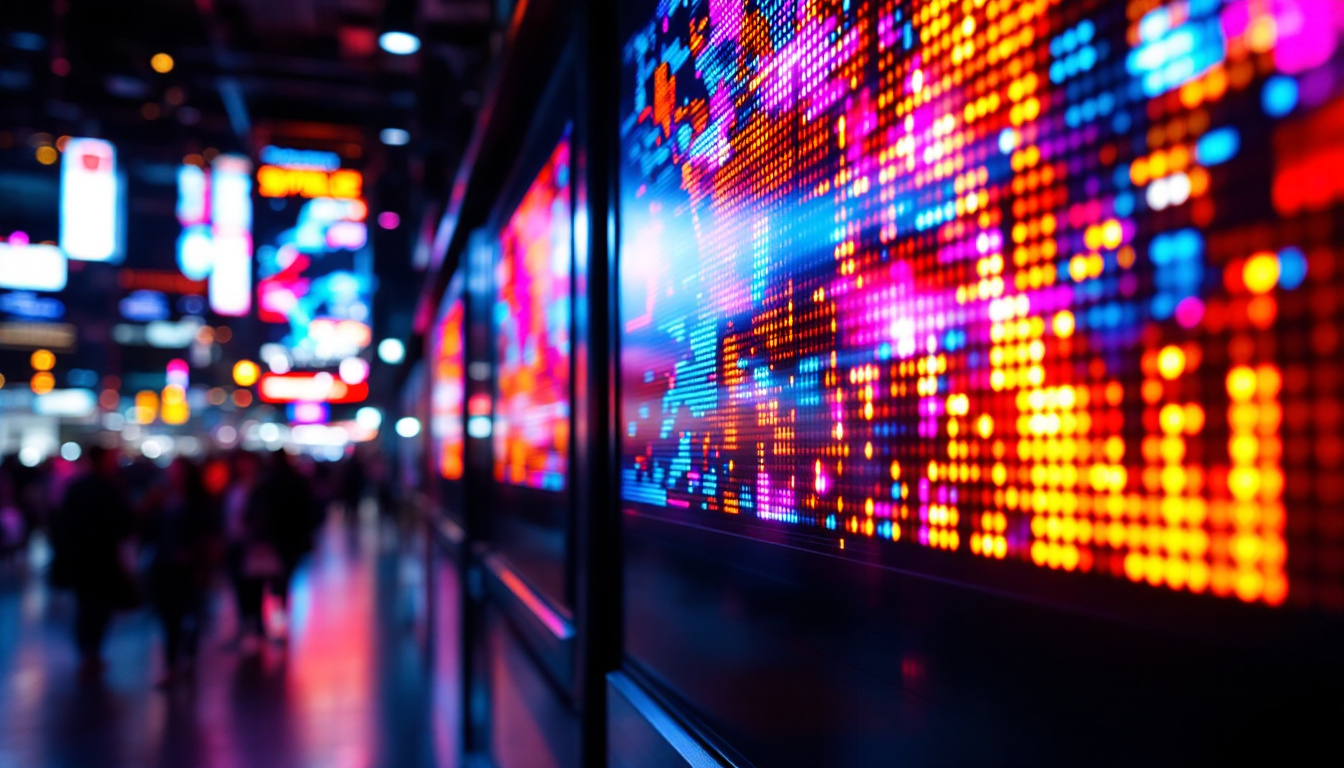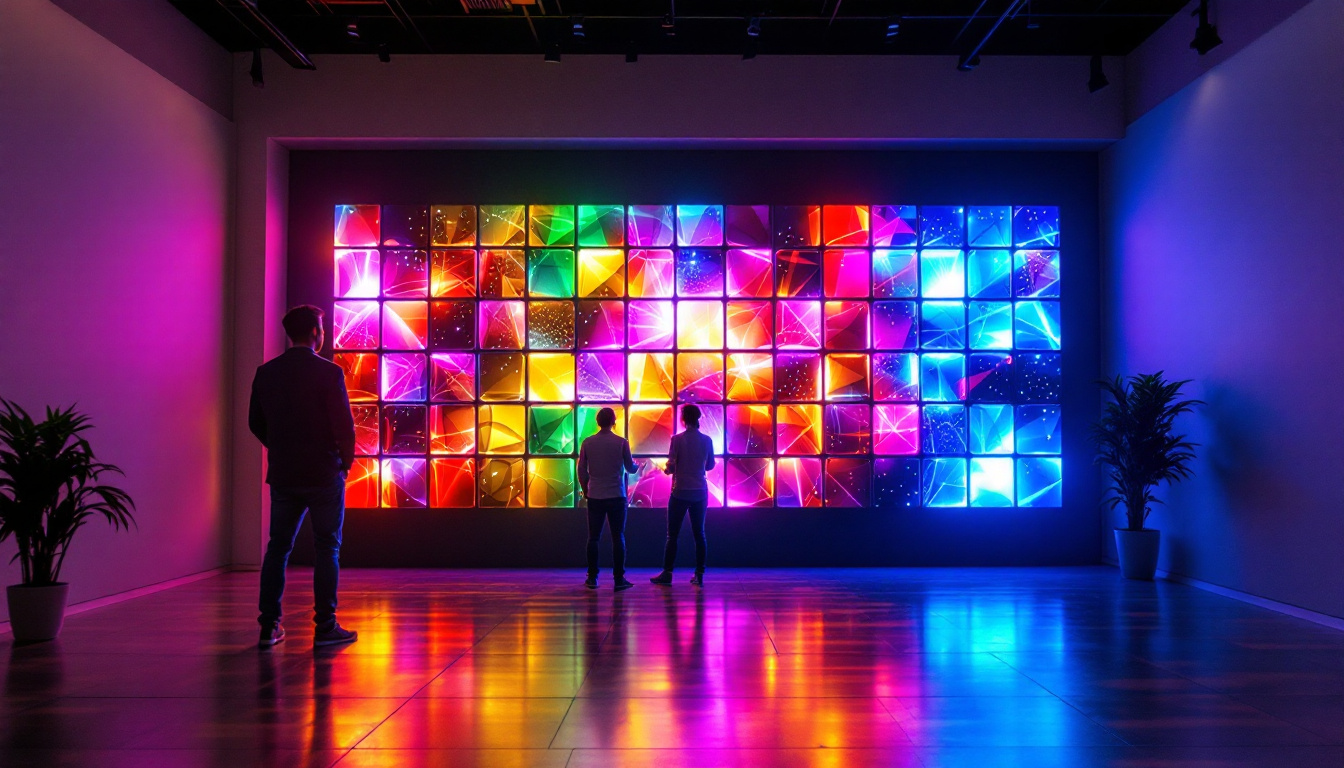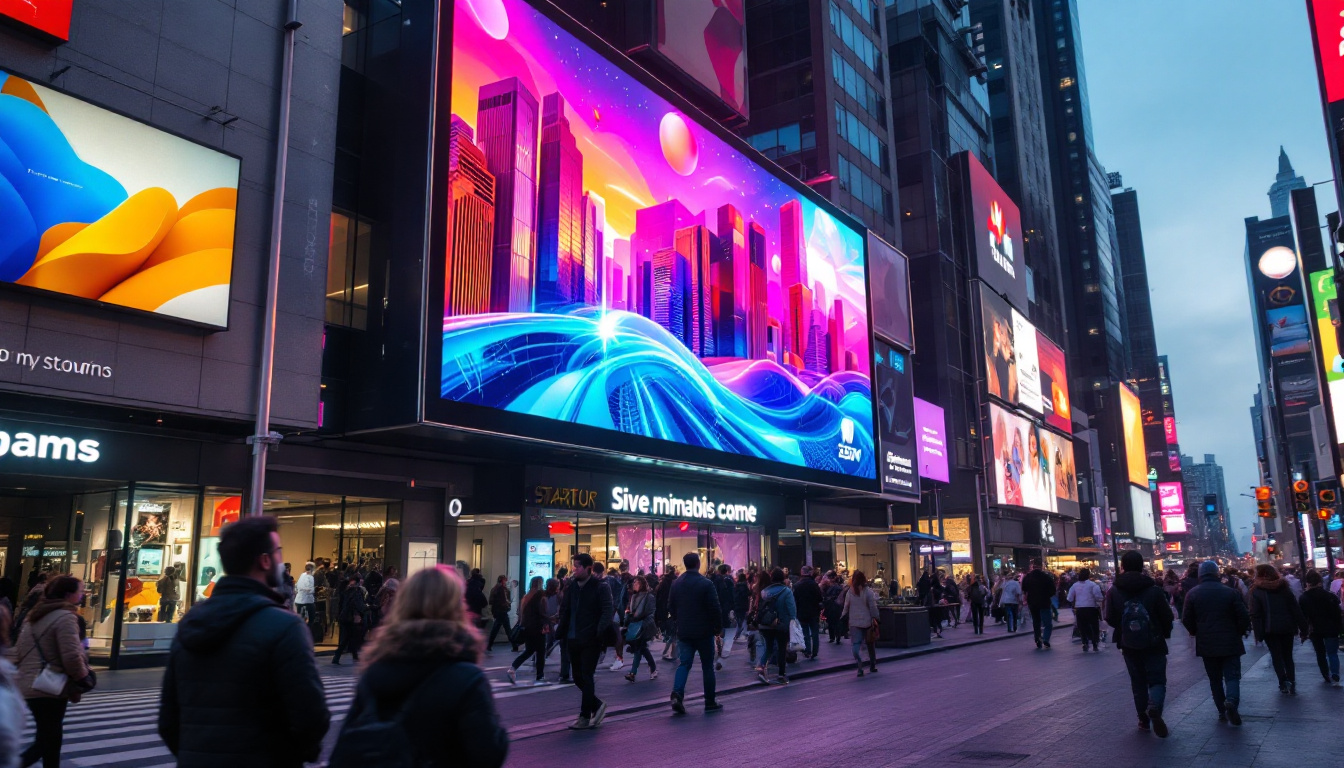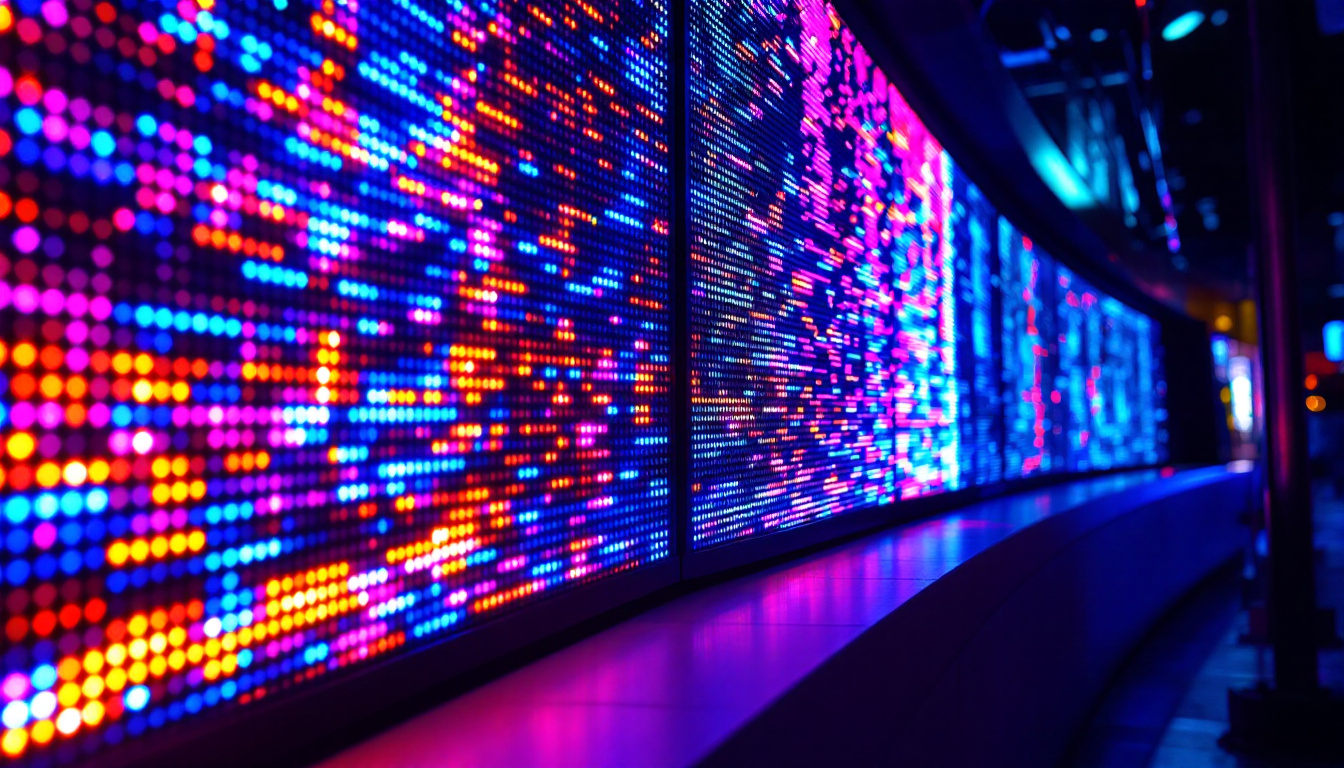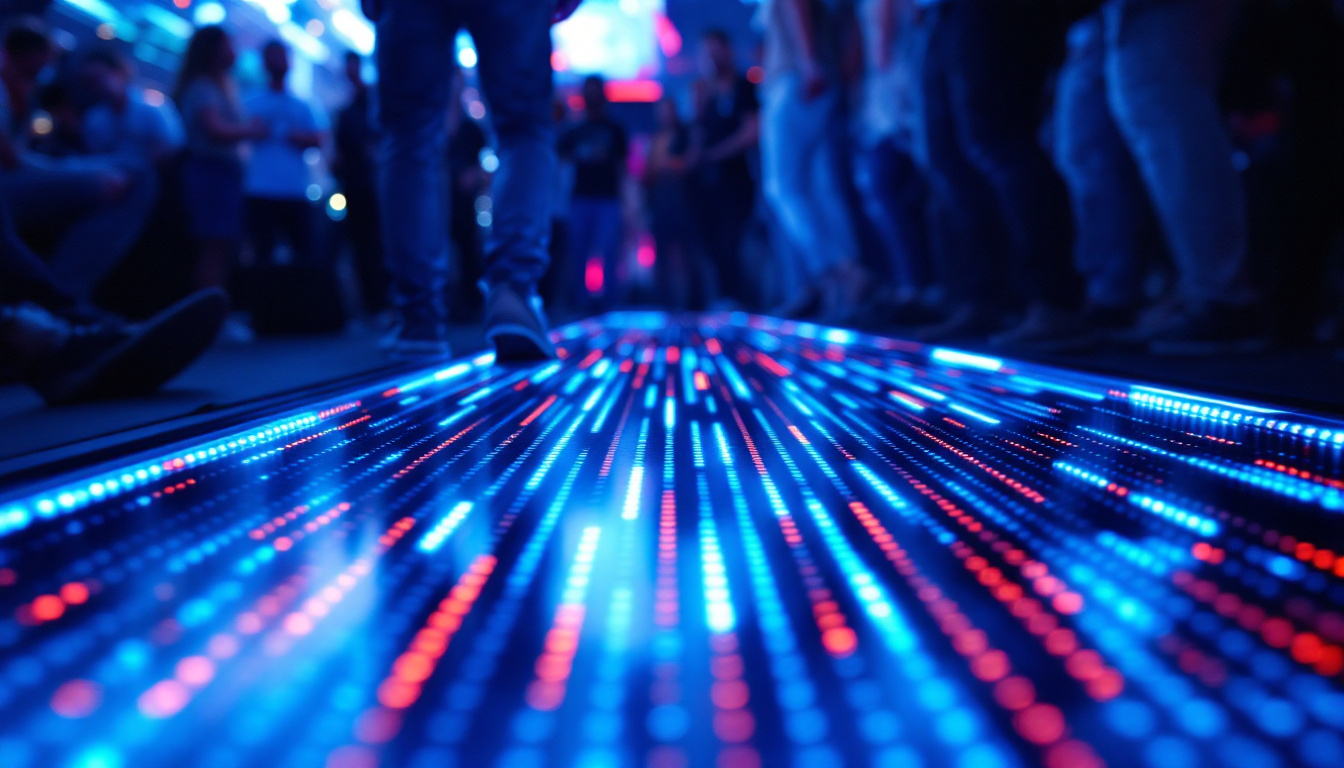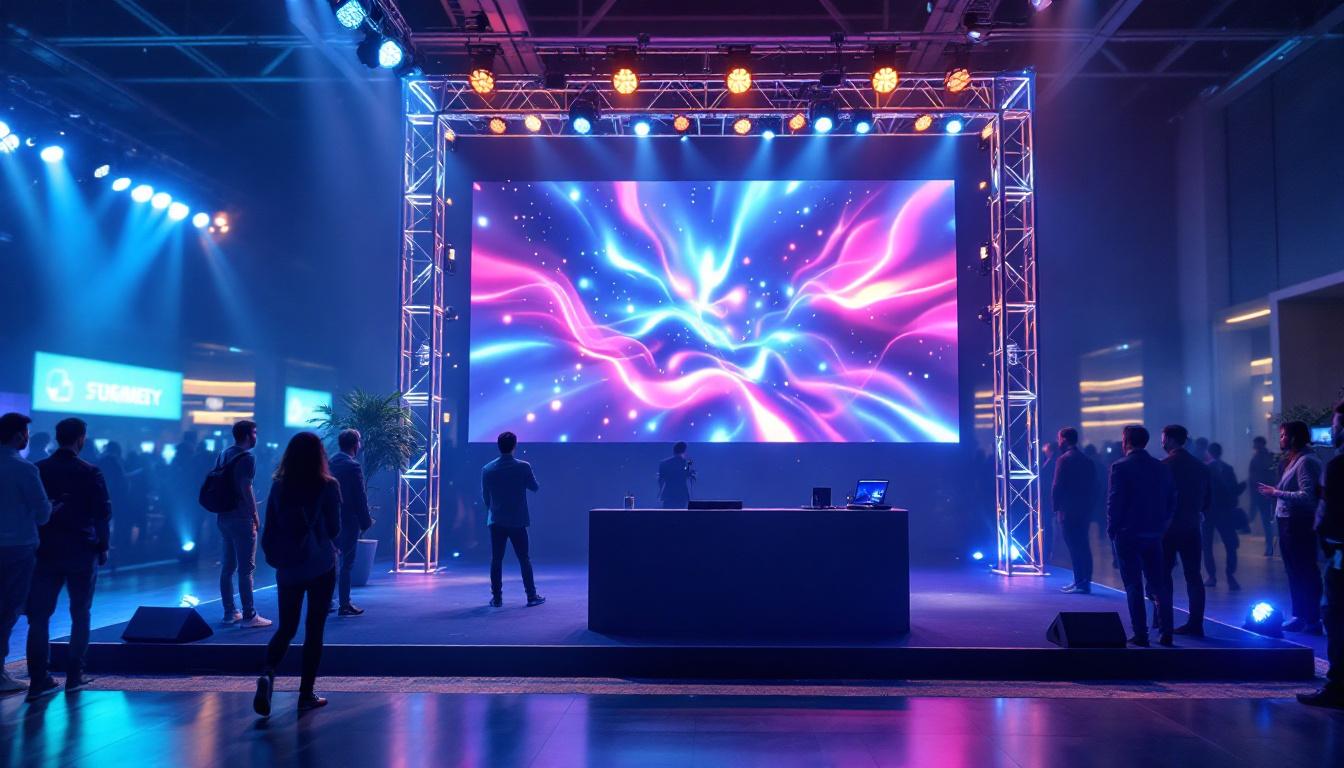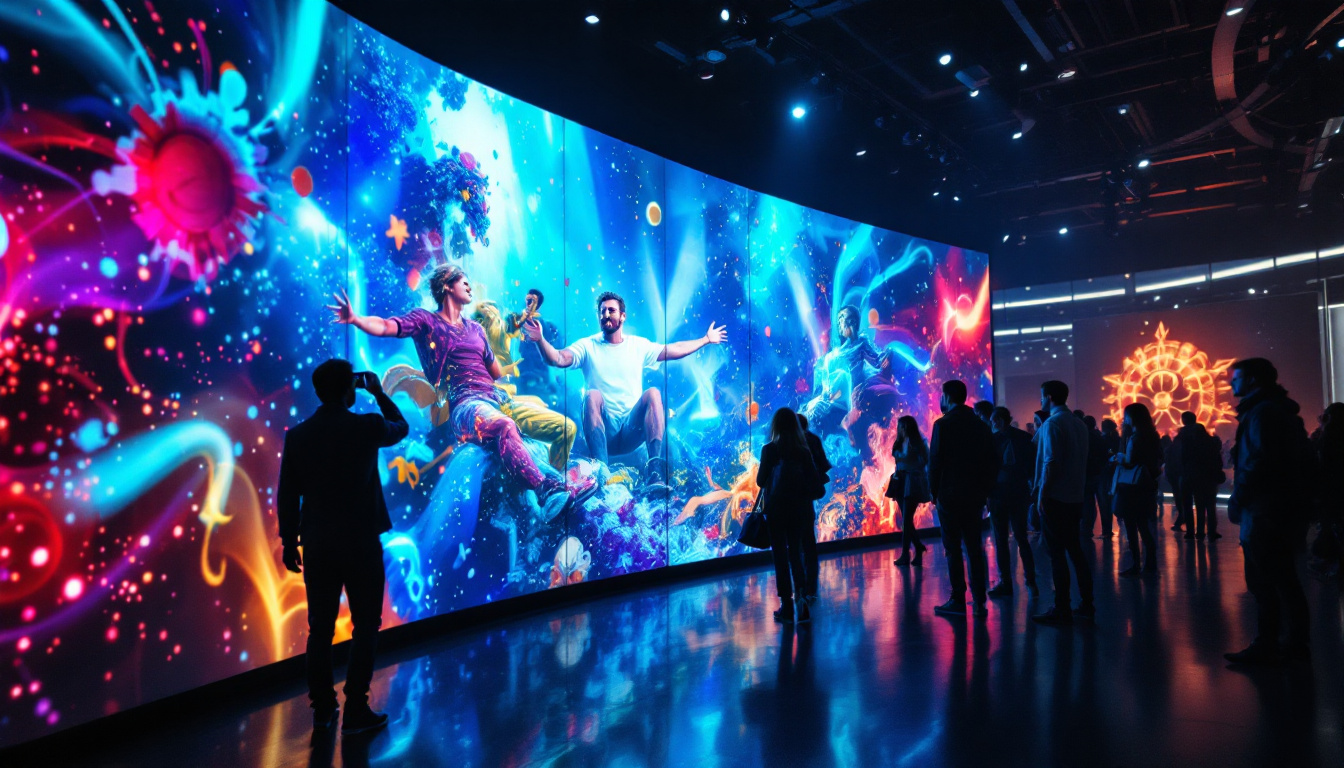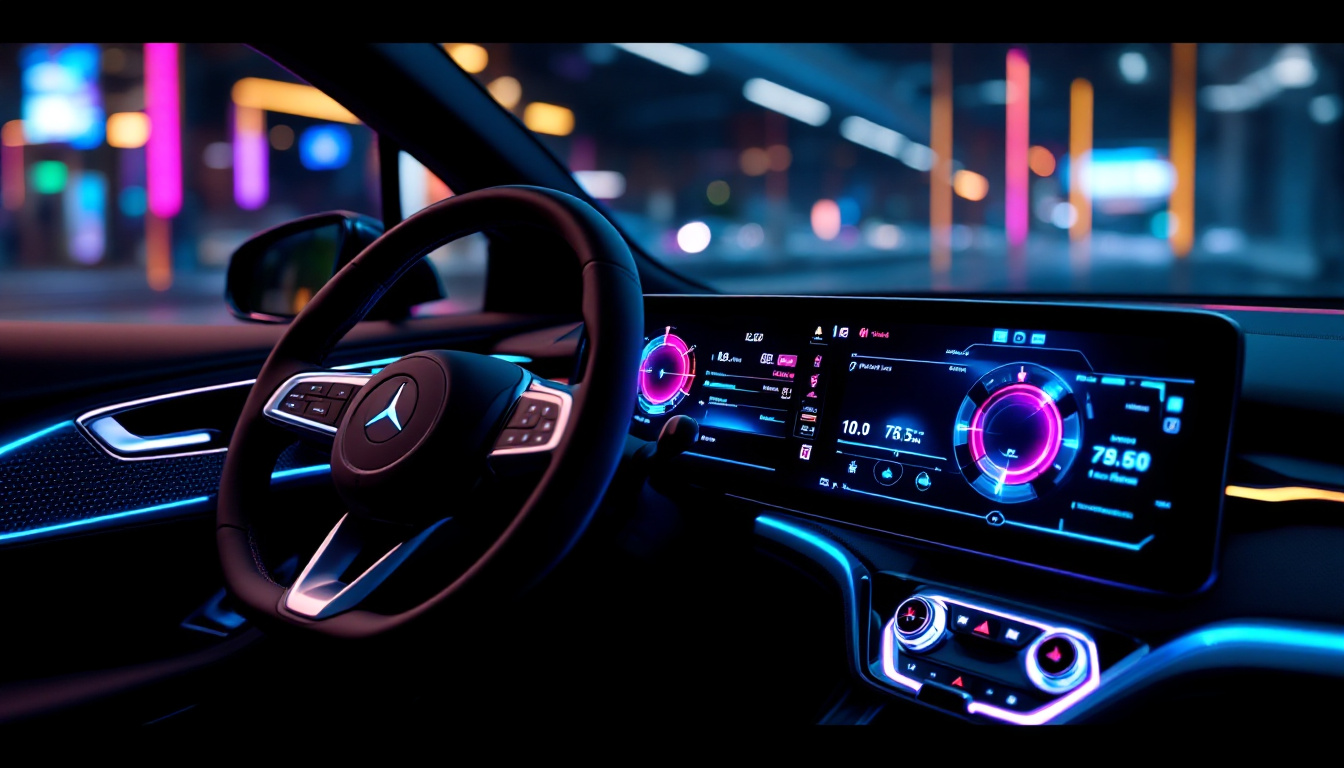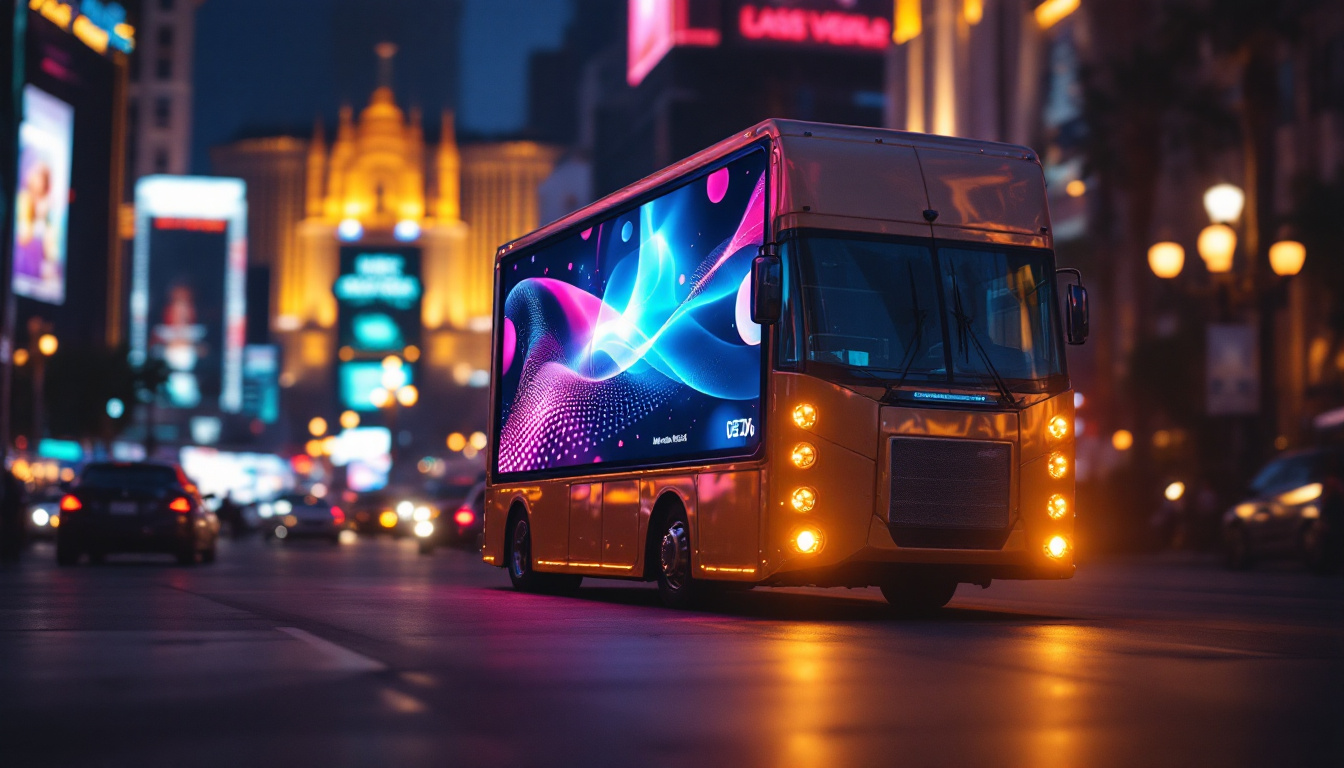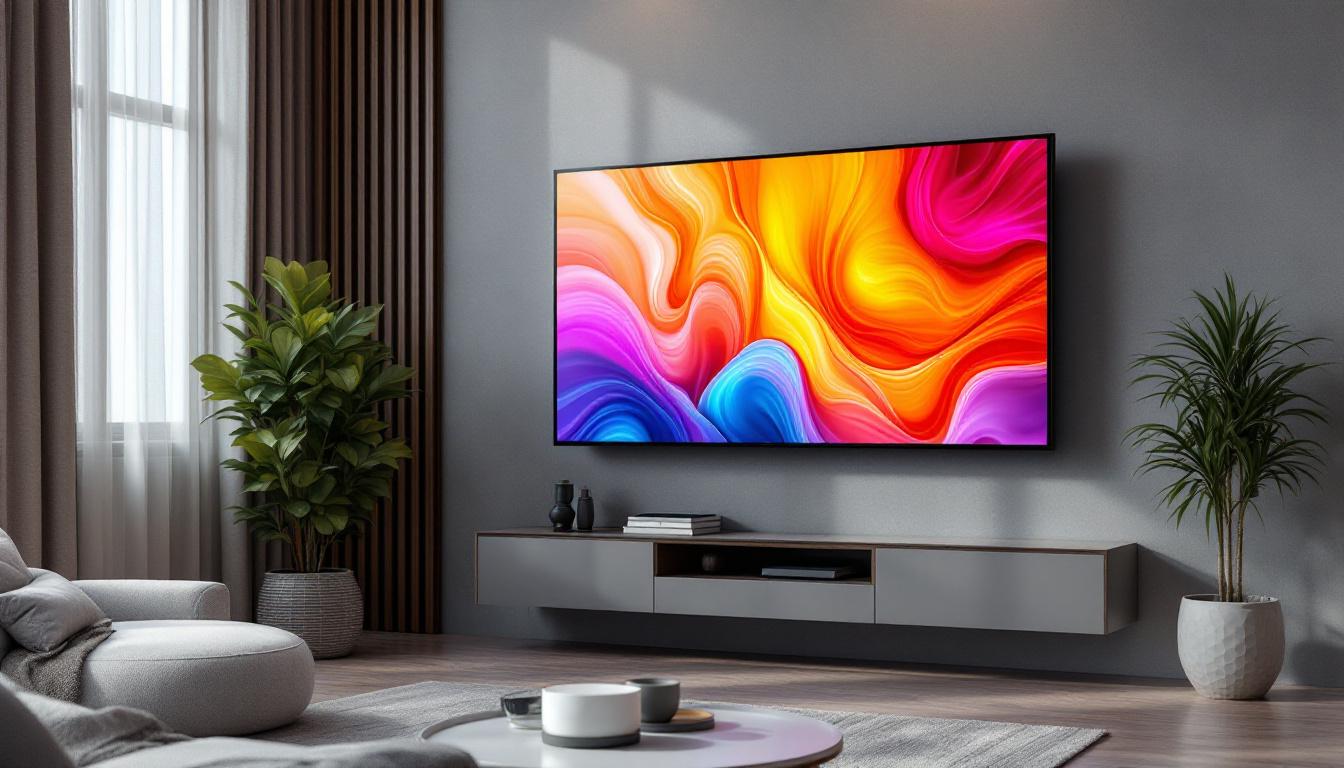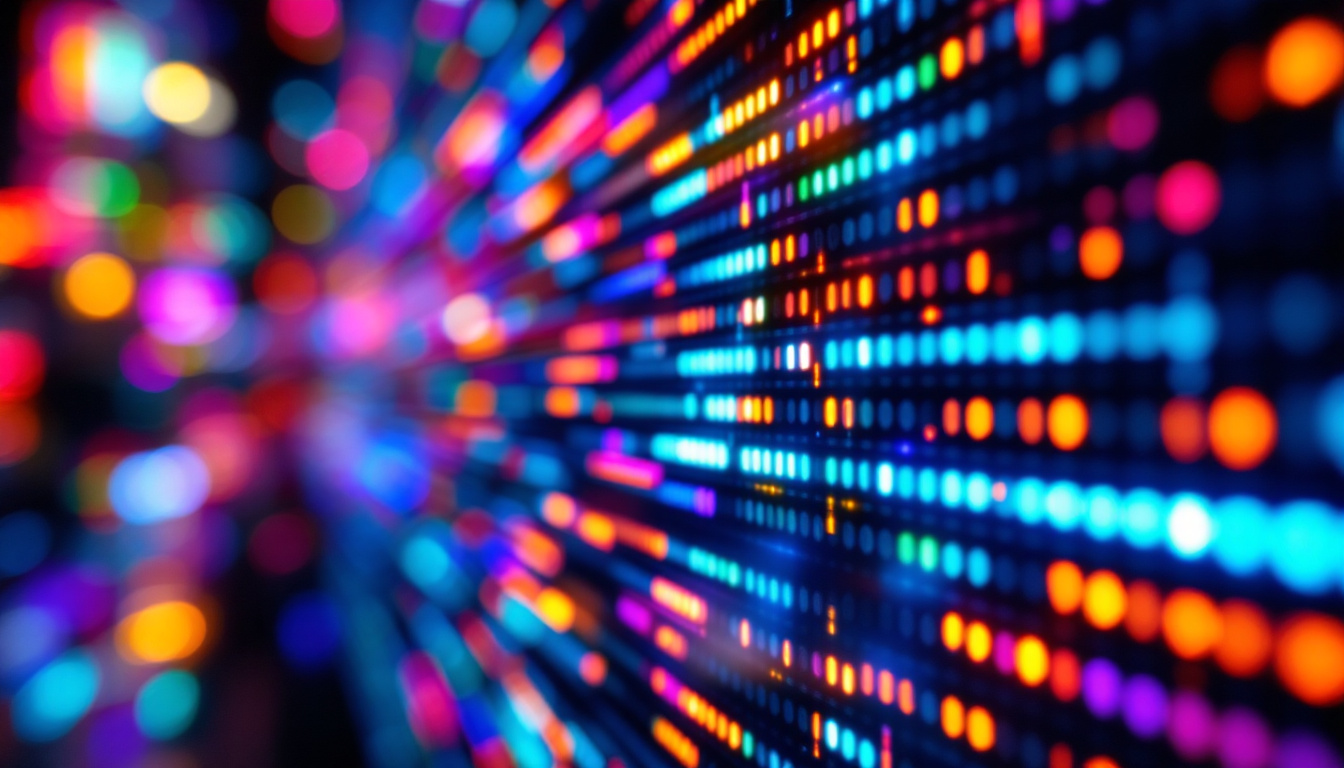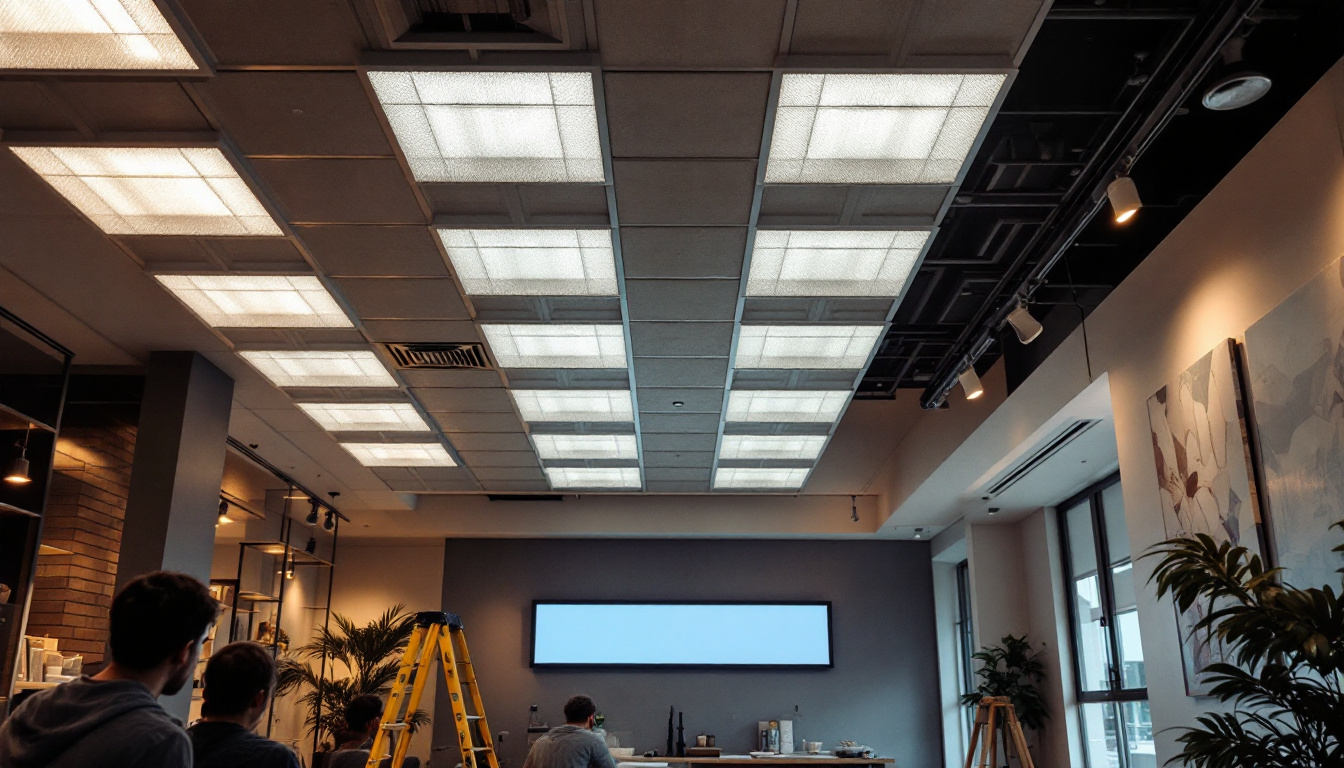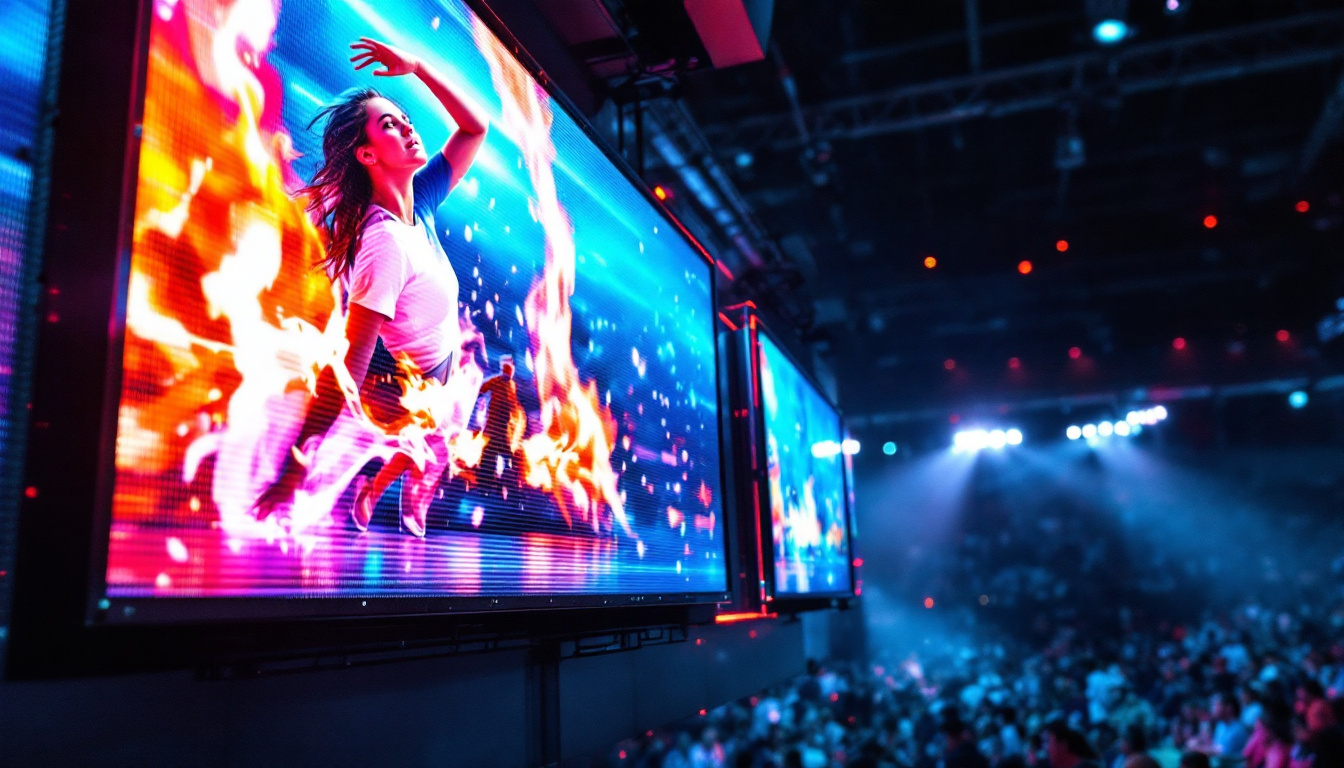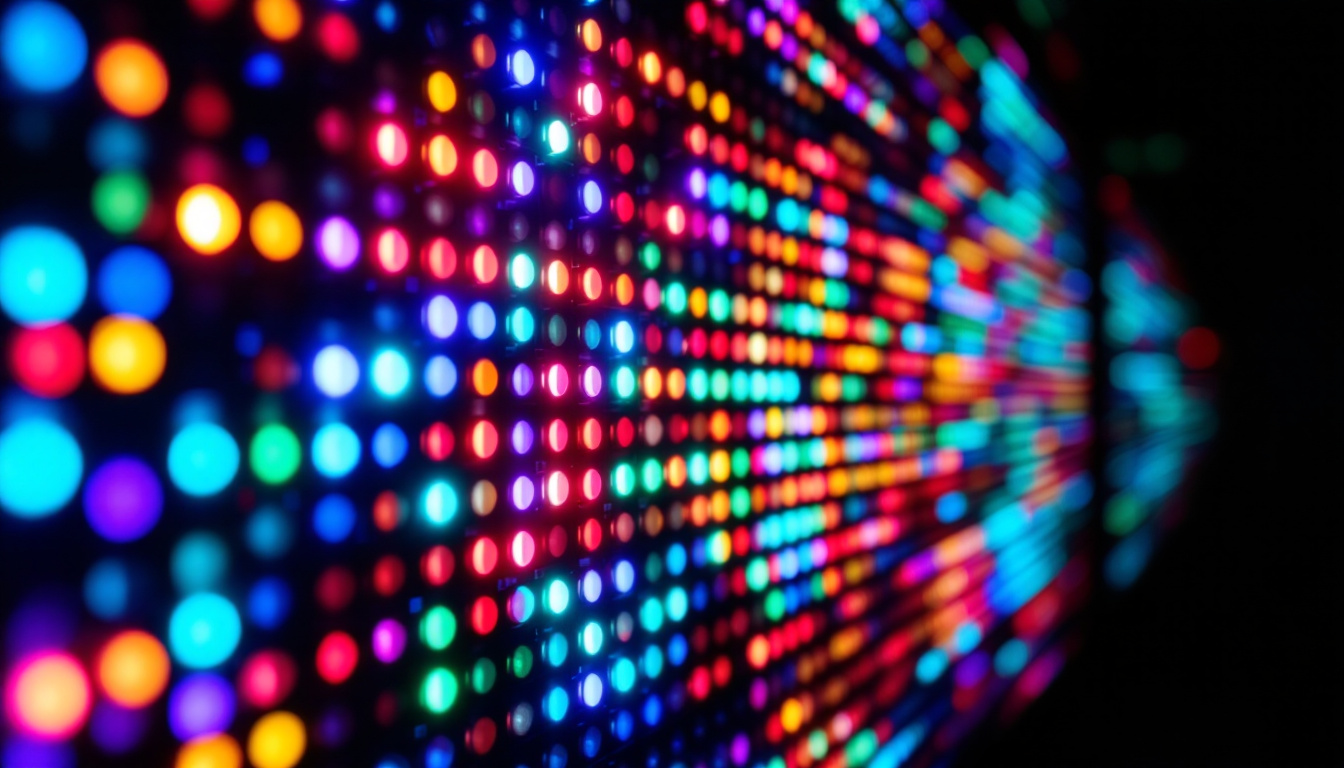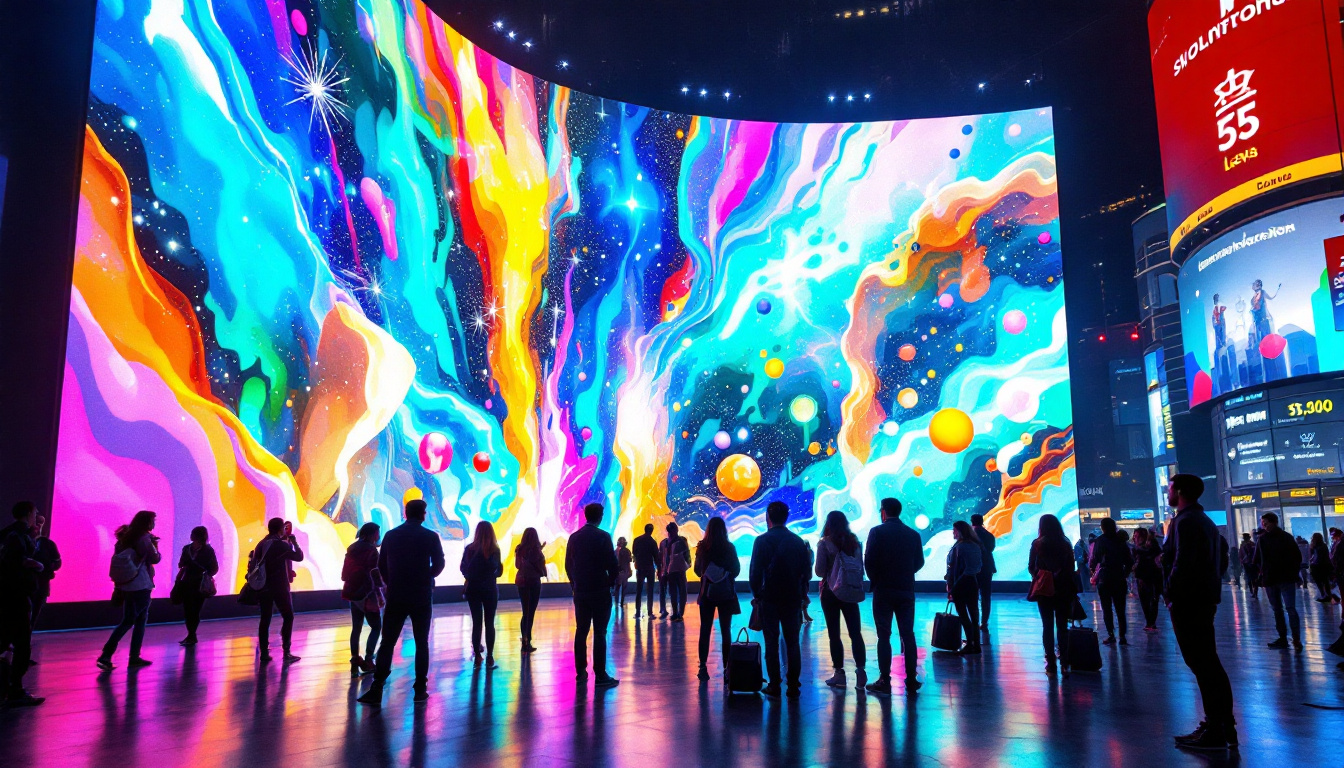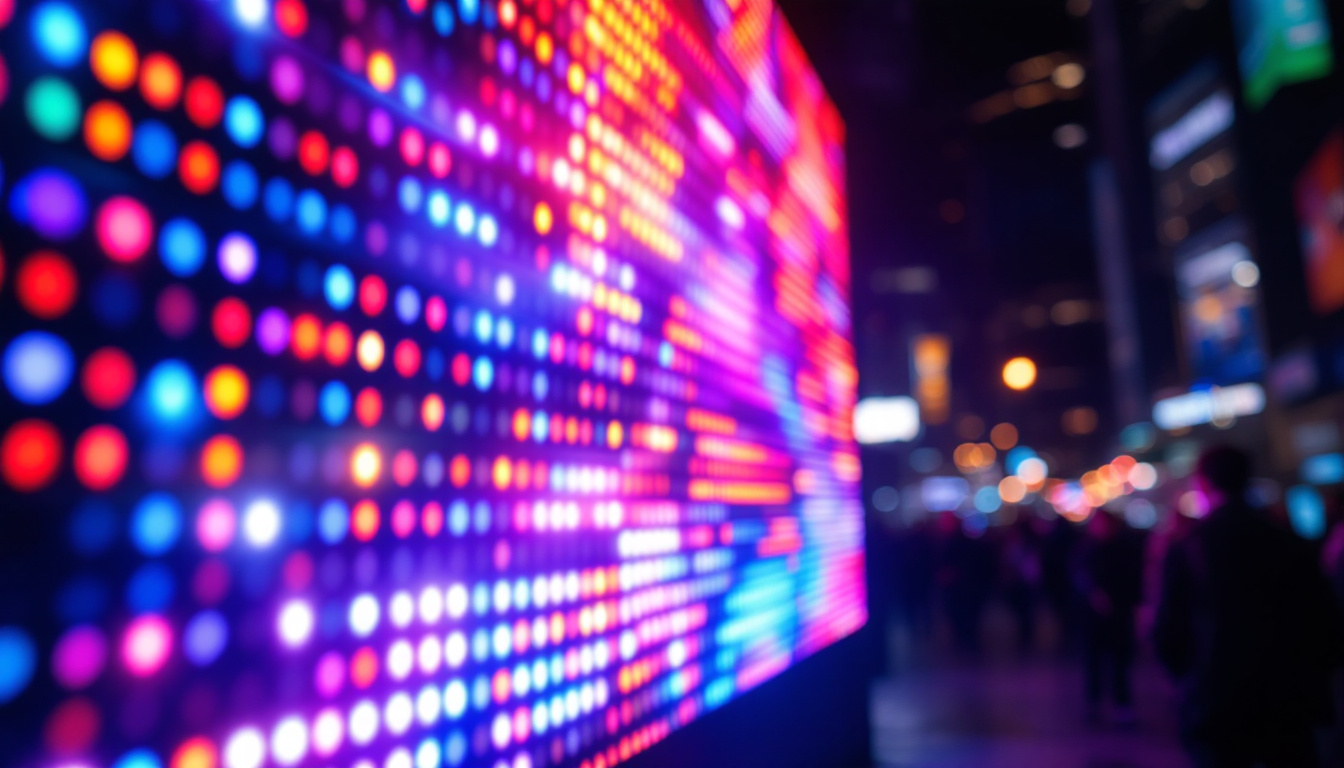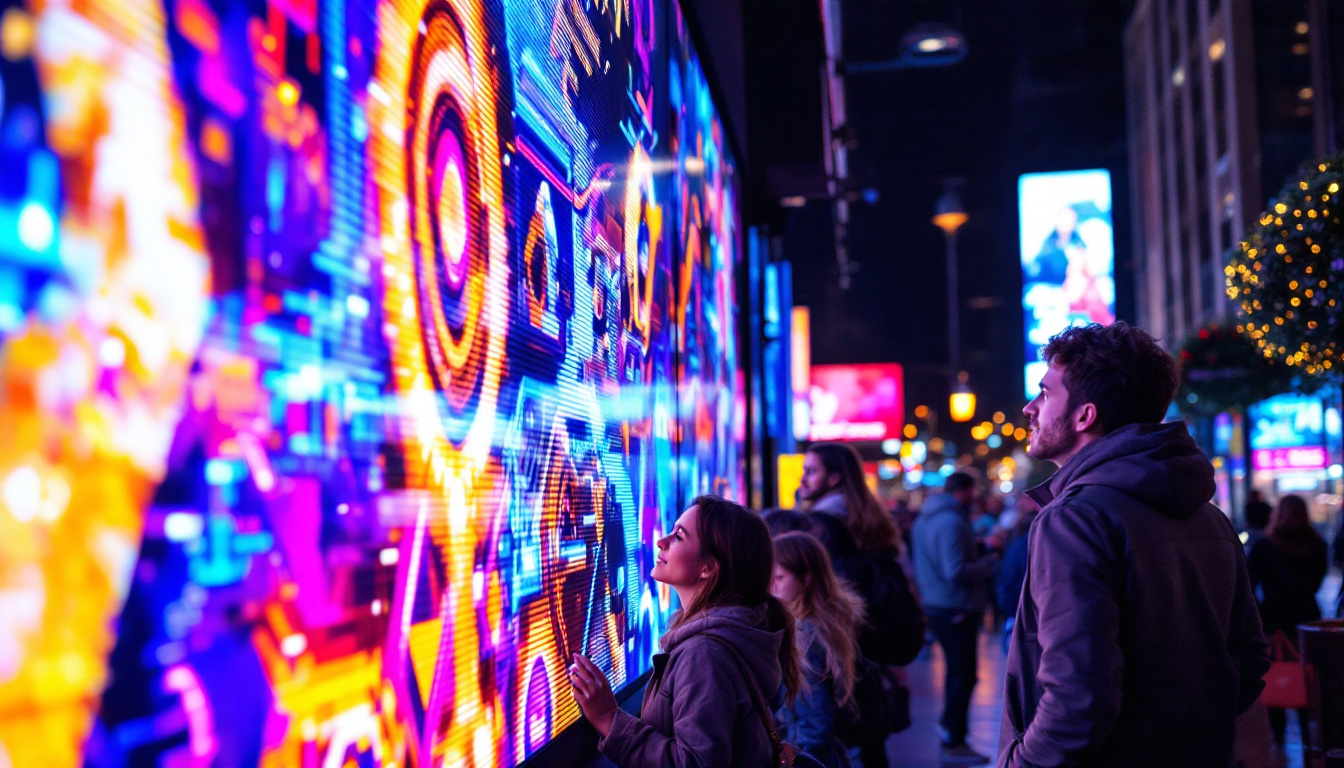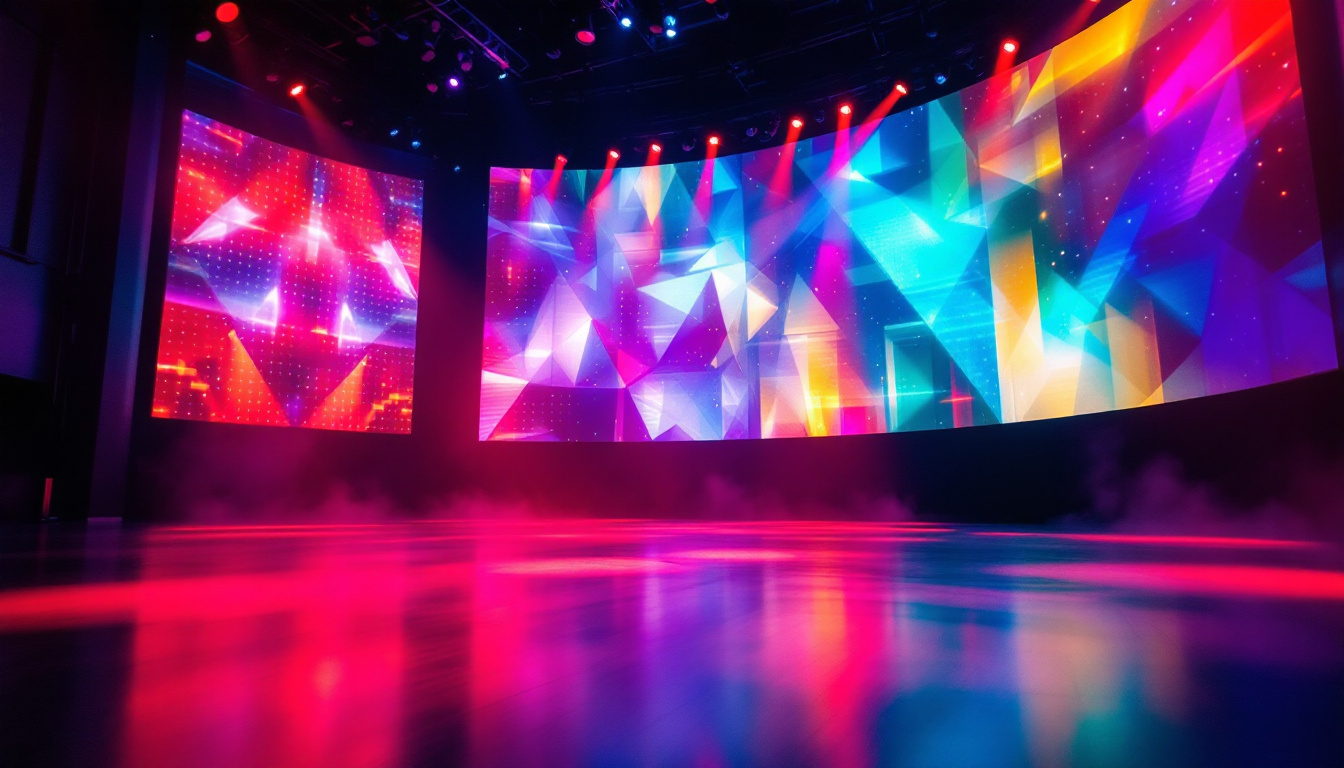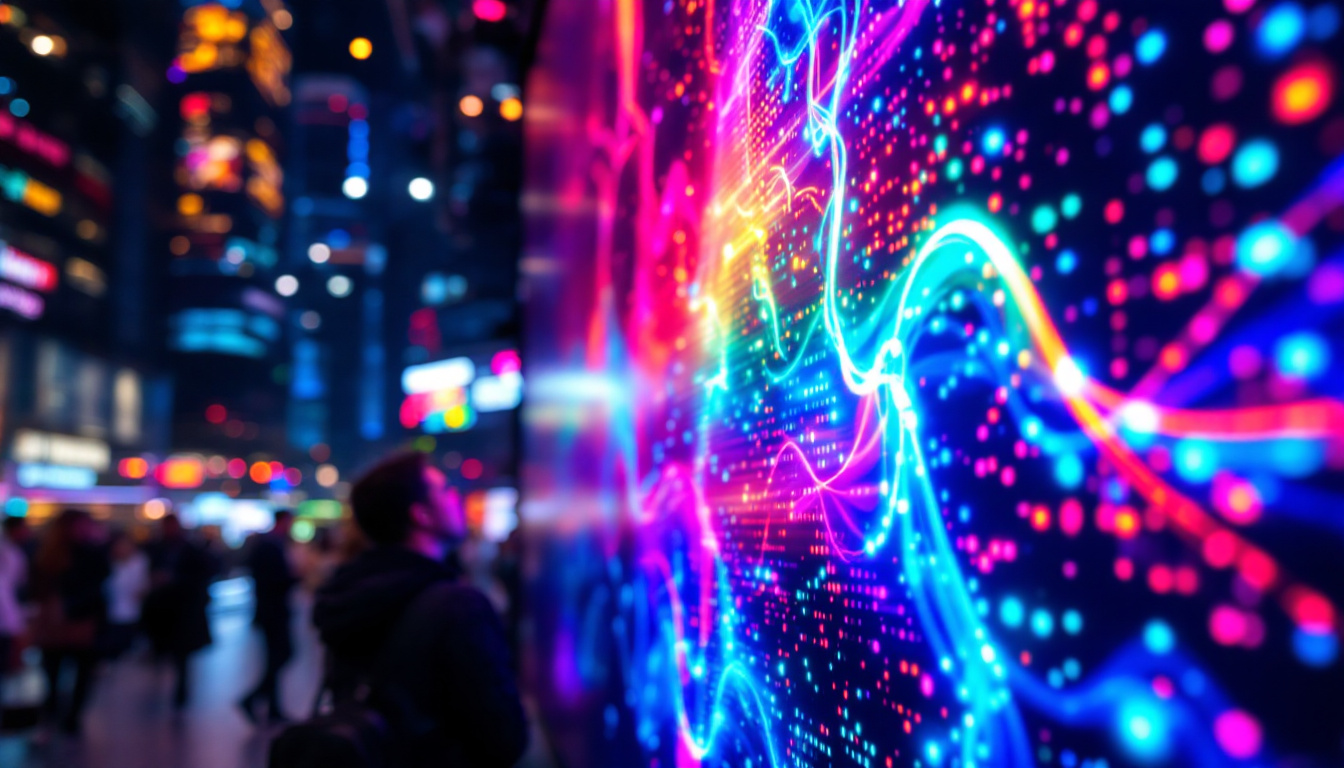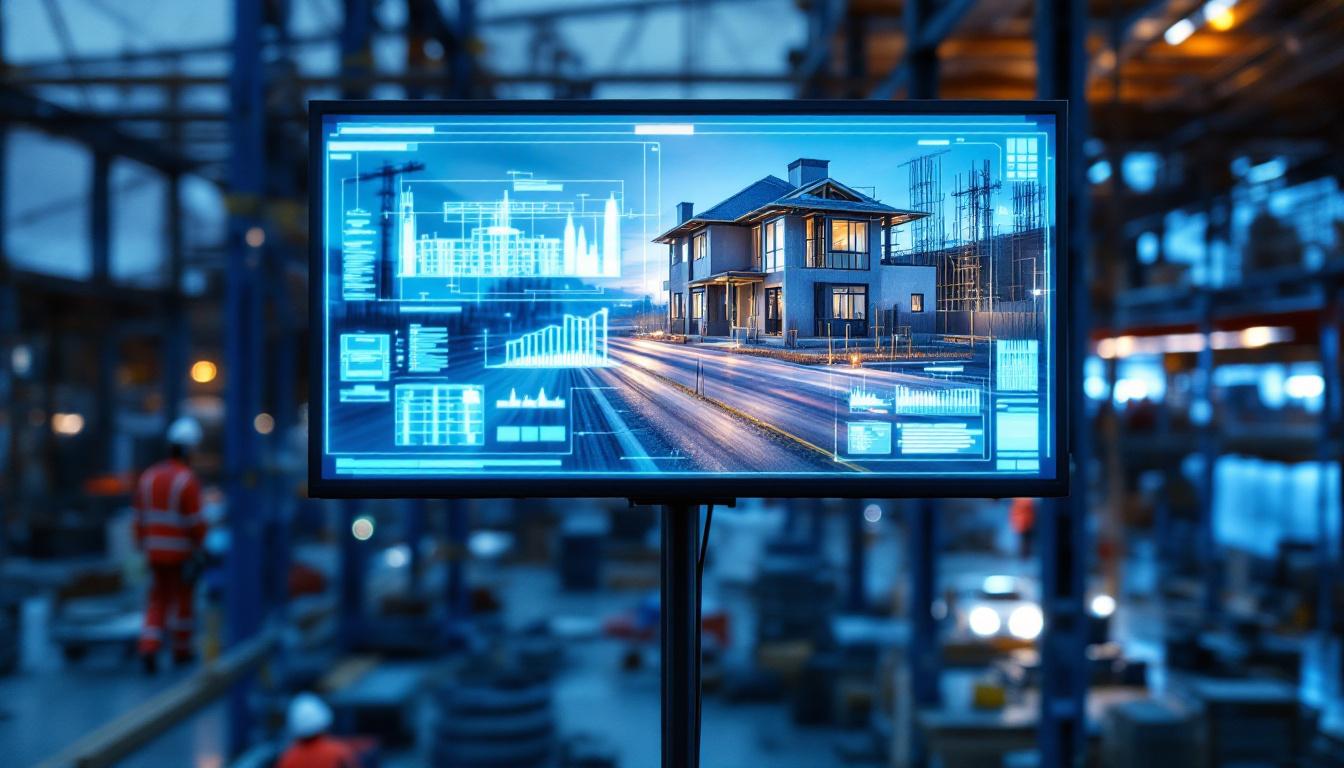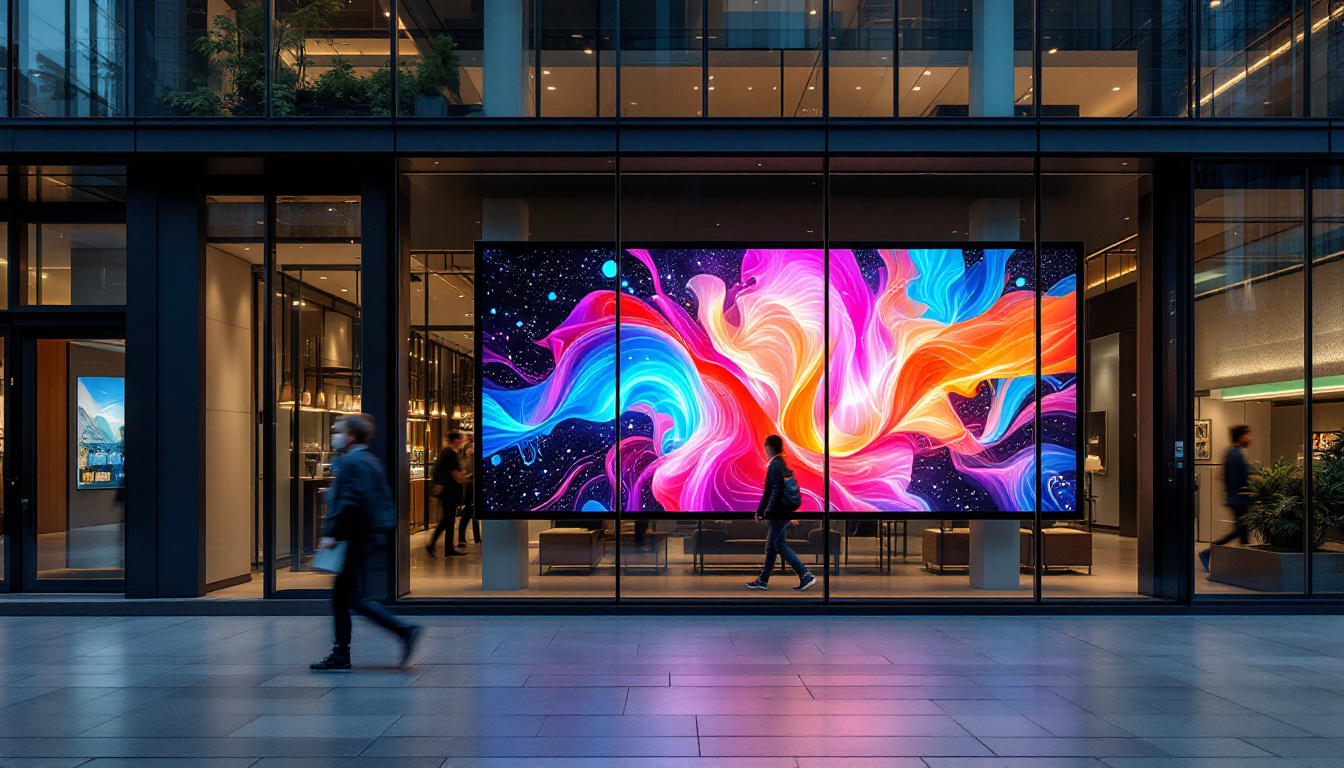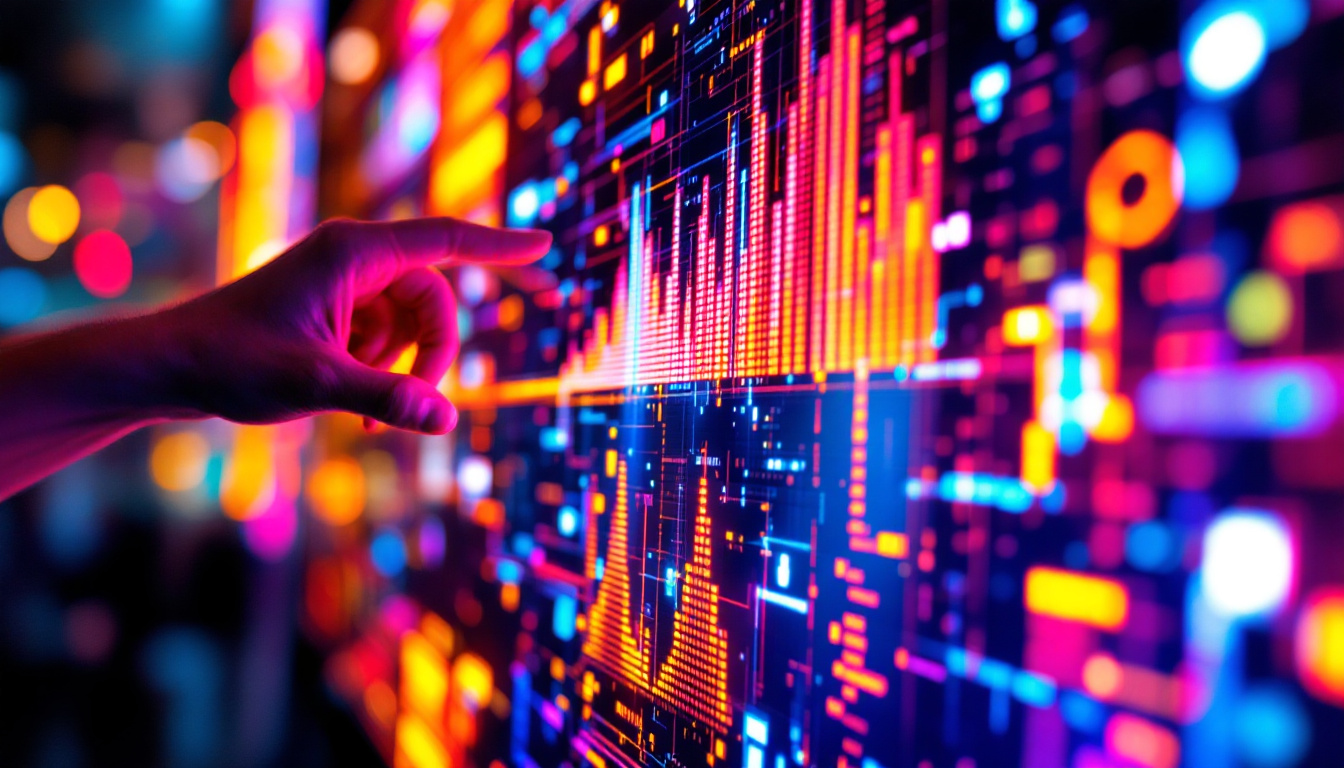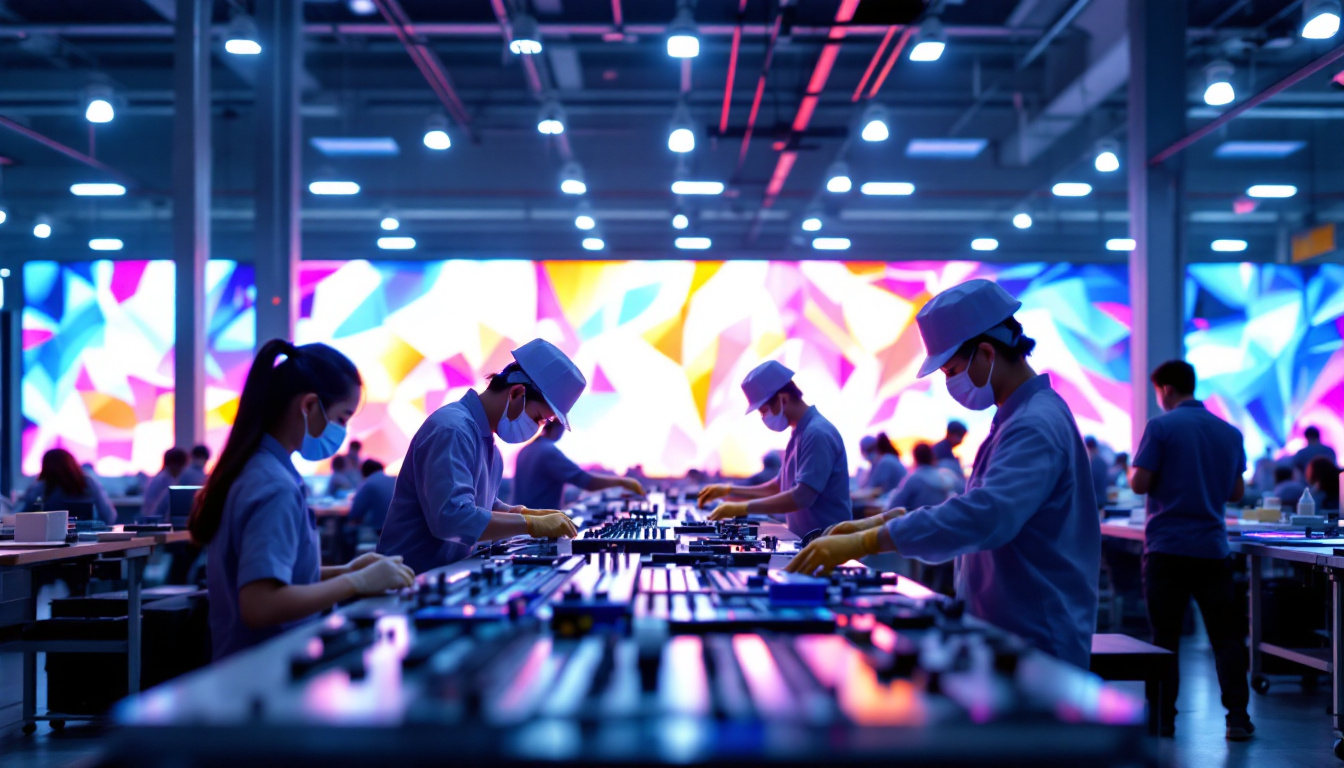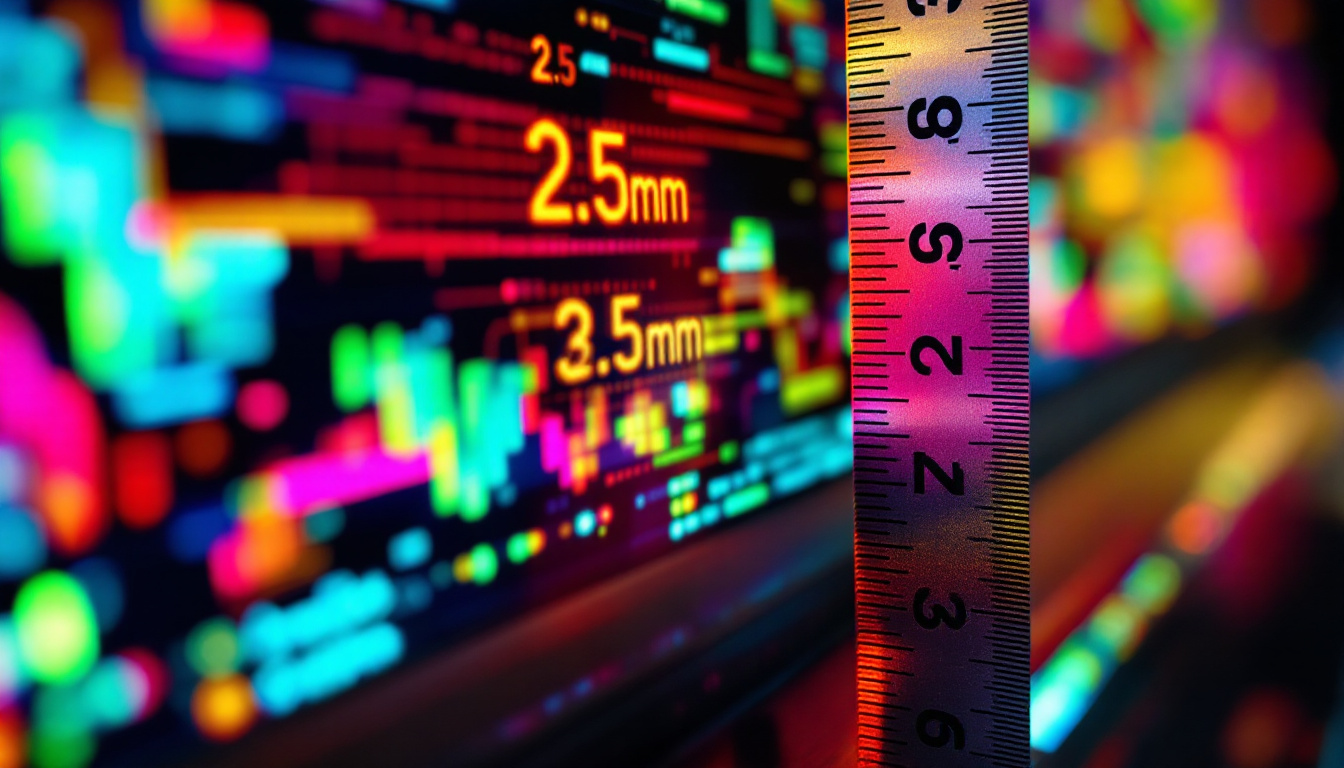In the rapidly evolving world of technology, LED displays have emerged as a cornerstone of visual communication. From large-scale billboards to small electronic devices, LED (Light Emitting Diode) technology has transformed the way information is presented and consumed. This article delves into the intricacies of LED displays, focusing on the V.D.S (Visual Display System) and its applications, advantages, and future prospects.
Understanding LED Technology
LED technology operates on the principle of electroluminescence, where a semiconductor emits light when an electric current passes through it. This fundamental characteristic allows LEDs to be energy-efficient and long-lasting compared to traditional display technologies. The versatility of LEDs has led to their adoption in various applications, from residential lighting to complex display systems. The lifespan of an LED can reach up to 50,000 hours or more, significantly reducing the need for frequent replacements and maintenance, which is a considerable advantage for both consumers and businesses alike.
The Basics of LED Displays
LED displays are composed of numerous individual LEDs arranged in a matrix. Each LED can emit different colors, allowing for a full spectrum of visual output. The combination of red, green, and blue (RGB) LEDs creates a wide array of colors, making these displays suitable for vibrant graphics and clear text. This color mixing capability enables the production of millions of shades, enhancing the visual experience in applications ranging from digital signage to television screens.
These displays can be categorized into two primary types: direct view and backlit. Direct view LED displays are composed entirely of LEDs, while backlit displays use LEDs to illuminate a liquid crystal display (LCD) panel. Each type has its own set of advantages and is selected based on the specific needs of the application. For instance, direct view displays are often favored in environments where brightness and color accuracy are paramount, such as in broadcast studios and art galleries, while backlit displays are commonly used in consumer electronics due to their thinner profiles and lower production costs.
Types of LED Displays
LED displays are available in various formats, each tailored for specific uses. Common types include:
- Indoor LED Displays: Typically used in venues such as shopping malls, airports, and conference rooms, these displays offer high resolution and brightness suitable for close viewing. They are often designed with a pixel pitch that allows for detailed imagery, making them ideal for presentations and advertisements that require clarity and impact.
- Outdoor LED Displays: Designed to withstand environmental conditions, outdoor displays are brighter and more robust, making them ideal for advertising and public announcements. These displays are engineered to resist moisture, dust, and extreme temperatures, ensuring consistent performance even in challenging weather conditions. Their high brightness levels allow them to be visible even in direct sunlight, making them a popular choice for billboards and sports arenas.
- Transparent LED Displays: These innovative displays allow for visibility through the screen while still providing vibrant images, making them popular in retail environments. Their unique design enables businesses to showcase products behind the display while simultaneously delivering engaging content, creating a dynamic shopping experience. This technology is also being explored for architectural applications, where it can blend seamlessly into building facades.
V.D.S: A Comprehensive Overview
The Visual Display System (V.D.S) represents a significant advancement in LED display technology. It integrates various components and systems to create a cohesive visual experience. This section explores the architecture, components, and benefits of V.D.S.
Architecture of V.D.S
The architecture of a V.D.S typically includes a display panel, a control system, and a content management system. The display panel consists of multiple LED modules that work together to form a larger image or video. The control system manages the data input and output, ensuring that the correct information is displayed at the right time. Finally, the content management system allows users to schedule and update the content displayed, providing flexibility and ease of use.
This modular architecture not only enhances the quality of the visual output but also simplifies maintenance and upgrades. If one module fails, it can be easily replaced without disrupting the entire system.
Components of V.D.S
Key components of the V.D.S include:
- LED Modules: These are the building blocks of the display, containing the individual LEDs that produce light.
- Controller: The controller processes incoming data and sends it to the appropriate LED modules, ensuring synchronization and accuracy.
- Power Supply: A reliable power supply is crucial for the performance of the display, providing the necessary voltage and current to the LEDs.
- Content Management Software: This software allows users to create, schedule, and manage the content displayed on the screen.
Benefits of V.D.S
The adoption of V.D.S technology brings numerous advantages, including:
- High Brightness and Clarity: V.D.S displays are designed to be exceptionally bright, ensuring visibility even in direct sunlight.
- Energy Efficiency: LED technology is known for its low power consumption, making V.D.S an environmentally friendly option.
- Versatility: V.D.S can be used for a variety of applications, from advertising to information dissemination, making it a valuable tool for businesses.
Applications of V.D.S
The versatility of V.D.S technology allows it to be utilized in a wide range of settings. From advertising to public information displays, its applications are vast and varied.
Advertising and Marketing
One of the most prominent uses of V.D.S is in advertising. Businesses leverage these displays to capture the attention of potential customers with dynamic content and vibrant visuals. The ability to change messages quickly and remotely allows for targeted marketing campaigns that can adapt to changing demographics and trends.
Outdoor V.D.S installations, such as digital billboards, have become a staple in urban environments, providing advertisers with a platform to reach a broad audience. The engaging nature of these displays often results in higher viewer retention compared to traditional static advertisements.
Public Information Displays
V.D.S technology is also widely used in public information systems. Airports, train stations, and bus terminals utilize these displays to provide real-time updates on schedules, delays, and other essential information. The clarity and brightness of V.D.S ensure that information is easily readable from a distance, enhancing the overall passenger experience.
Moreover, these displays can be programmed to provide emergency alerts, ensuring that critical information reaches the public swiftly and effectively.
Entertainment and Events
In the entertainment industry, V.D.S plays a crucial role in enhancing the audience experience. Concerts, sporting events, and festivals often feature large LED screens that display live feeds, graphics, and advertisements. This technology allows for a more immersive experience, drawing the audience into the event.
Additionally, V.D.S can be used for stage backdrops, providing dynamic visuals that complement performances and create a captivating atmosphere.
Challenges and Considerations
While V.D.S technology offers numerous benefits, it is not without its challenges. Understanding these challenges is essential for effective implementation and operation.
Cost Considerations
The initial investment for V.D.S can be significant, particularly for large-scale installations. Businesses must weigh the upfront costs against the potential return on investment. While LED technology is energy-efficient and has a long lifespan, the initial expenditure can be a barrier for some organizations.
However, many businesses find that the long-term savings on energy and maintenance costs, combined with the increased engagement and advertising revenue, justify the initial investment.
Maintenance and Upkeep
Regular maintenance is crucial for ensuring the longevity and performance of V.D.S. Dust, debris, and weather conditions can affect the display’s clarity and functionality. Establishing a maintenance schedule and employing trained personnel can mitigate these issues.
Additionally, having a contingency plan in place for potential failures, such as a backup power supply or spare modules, can minimize downtime and ensure continuous operation.
Content Management Challenges
Effective content management is vital for maximizing the impact of V.D.S. Businesses must develop a strategy for creating engaging and relevant content that resonates with their target audience. This requires a deep understanding of the audience’s preferences and behaviors.
Furthermore, keeping content fresh and up-to-date is essential for maintaining viewer interest. Automated content management systems can help streamline this process, but they require careful planning and oversight to ensure that the displayed information remains accurate and timely.
The Future of V.D.S Technology
The future of V.D.S technology looks promising, with ongoing advancements in LED technology and display systems. As technology continues to evolve, several trends are emerging that will shape the future of V.D.S.
Advancements in Display Technology
Future developments in LED technology are likely to focus on improving resolution, color accuracy, and energy efficiency. Innovations such as microLED and OLED technologies are already making waves, offering even higher quality visuals and greater flexibility in display design.
As these technologies become more accessible, businesses will have the opportunity to create even more engaging and immersive visual experiences.
Integration with Smart Technologies
The integration of V.D.S with smart technologies and the Internet of Things (IoT) is another exciting trend. Smart V.D.S systems can collect and analyze data to optimize content delivery and improve audience engagement. For instance, displays could adapt their content based on real-time data such as weather conditions, audience demographics, or even social media trends.
This level of personalization will enhance the effectiveness of advertising and public information displays, making them more relevant and impactful.
Sustainability and Environmental Considerations
As sustainability becomes a priority for businesses and consumers alike, the LED industry is responding with eco-friendly innovations. Future V.D.S technologies are expected to focus on reducing energy consumption and utilizing recyclable materials. This shift not only benefits the environment but also appeals to a growing demographic of environmentally conscious consumers.
By prioritizing sustainability, businesses can enhance their brand image while contributing to a greener future.
Conclusion
V.D.S technology represents a significant leap forward in the realm of visual communication. Its ability to deliver vibrant, dynamic content in a variety of settings makes it an invaluable tool for businesses, advertisers, and public institutions alike. While challenges exist, the benefits and potential of V.D.S far outweigh the drawbacks.
As advancements in technology continue to unfold, the future of V.D.S looks bright. With a focus on innovation, integration, and sustainability, V.D.S is poised to redefine how information is shared and experienced in the digital age.
Explore Cutting-Edge LED Display Solutions with LumenMatrix
Ready to elevate your visual communication strategy with the latest in LED display technology? Discover LumenMatrix’s comprehensive range of LED display solutions, from vibrant Indoor and Outdoor LED Wall Displays to innovative Transparent and Custom LED Displays. Whether you’re looking to enhance brand visibility, captivate audiences at events, or create immersive environments, LumenMatrix has the state-of-the-art technology to bring your vision to life. Check out LumenMatrix LED Display Solutions today and experience the future of digital signage and visual storytelling.

